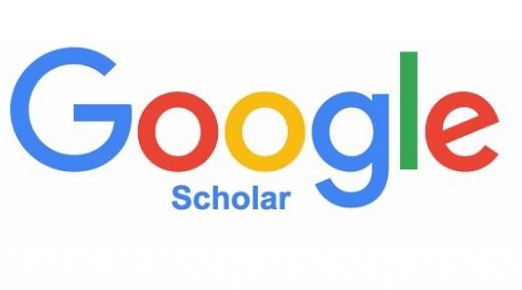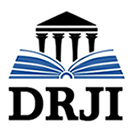Submissions
Submission Preparation Checklist
As part of the submission process, authors are required to check off their submission's compliance with all of the following items, and submissions may be returned to authors that do not adhere to these guidelines.- The text adheres to the stylistic and bibliographic requirements outlined in the Author Guidelines.
Articles
Section default policyCopyright Notice
All IJETAI articles are published under the Creative Commons Attribution 4.0 International (CC BY-SA 4.0). With this license, authors retain copyright to their manuscript, but allow any user to share, copy, distribute, transmit, adapt, and even make commercial use of the work without needing additional permission, provided appropriate attribution is made to the original author or source. If you remix, transform or build upon the material, you must distribute your contributions under the same license as the original.
Privacy Statement
The names and email addresses entered in this journal site will be used exclusively for the stated purposes of this journal. They will not be made available for any other purpose or to any other party.
Data Privacy Policy
The data collected from registered and non-registered users of this journal falls within the scope of the standard functioning of peer-reviewed journals. It includes information that makes communication possible for the editorial process; it is used to inform readers about the authorship and editing of content; it enables collecting aggregated data on readership behaviors and tracking geopolitical and social elements of scholarly communication.
This journal’s editorial team uses this data to guide its work in publishing and improving this journal. Data that will assist in developing this publishing platform may be shared with its developer Public Knowledge Project in an anonymized and aggregated form, with appropriate exceptions such as article metrics. This journal or PKP will not sell the data or be used for purposes other than those stated here. The authors published in this journal are responsible for the human subject data that figures in the research reported here.




